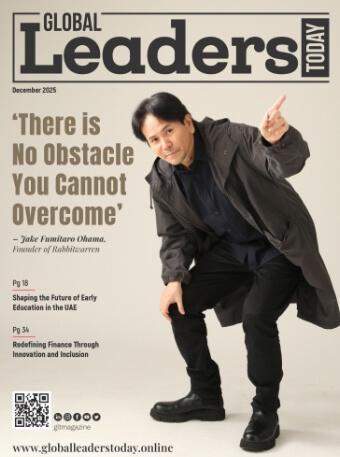Thought Leadership
The Metaverse, short for “meta-universe,” is a term used to describe the concept of a virtual world that is fully immersive and seamlessly integrated with the real world. It is essentially a collective virtual shared space created by the convergence of virtually enhanced physical reality and physically persistent virtual reality.
One of the main benefits of the Metaverse is the ability for people to connect and interact with each other in a virtual environment, regardless of their physical location. This can enable greater collaboration and communication, as well as the ability to access new and unique experiences and opportunities.
Another benefit of the Metaverse is the potential for it to drive innovation and economic growth. For example, businesses may be able to use the Metaverse to create new products and services, while entrepreneurs may be able to use it as a platform to start and grow new companies.
Additionally, the Metaverse could also provide an opportunity to improve education and training. Virtual environments can be used to create simulations that are difficult or impossible to replicate in the real world, providing students and trainees with a more immersive and engaging learning experience.
While the above are typically what the Metaverse is being promoted to change, I believe it has the potential to revolutionize the real estate industry in a number of ways. I have been experimenting with the Metaverse for the last couple of years and whilst it is still in its infancy, one of the most significant benefits is the ability to create virtual showrooms and tours of properties. This would allow potential buyers to explore properties remotely without having to visit the location physically. This can save time and money and also increase accessibility for people with mobility issues.
The Metaverse can also be used to create virtual staging of properties. This can help potential buyers to get a better sense of how a property would look and feel with furniture and decor, allowing them to visualize themselves living in the space.
This new system has also the ability to create virtual development plans and renders. Architects, engineers and developers can use the Metaverse to model and simulate the future developments and projects, allowing them to visualize and test different options, and make better-informed decisions.
Real estate professionals can use this platform to connect and collaborate with clients, colleagues, and partners, regardless of their physical location.
Furthermore, the Metaverse can also be used to create virtual marketplaces for buying and selling properties, where buyers and sellers can connect and transact in a secure and efficient way. This would allow for a more efficient, transparent and accessible marketplace for buying and selling real estate.
As technology continues to develop, it is likely that the Metaverse will play an increasingly important role in the real estate industry and a few years from now, we will wonder how we ever lived without it.
About the author:
Pepe Gutiérrez is the Founder of Administrapolis SL, Wesn International SAS and Megafincas Alicante SLP and is considered one of the gurus of Real Estate Management in Spain and across the Spanish-speaking world with a demonstrated history of working and teaching in the real estate industry. Besides university degrees in anthropology and data science, Gutiérrez holds several real estate management related qualifications including the Certified Manager of Community Associations (CMCA) from the global Community Association Institute and the Certified Property Manager (CPM) from the Institute of Real Estate Management (IREM) in the USA.
Leadership in industry is now leadership in higher education because of innovations in generative A.I.. How we credential humans for the workplace is changing. Forging new kinds of industry coordination...
After having lived through all that Covid-19 presented to the Real Estate market, many are having a challenge transitioning to the market that we find ourselves in. Over the past two and a half years,...
The Future Event organized India’s first Collection-focused Conference & Exhibition: Collections & Recovery Summit- India, on 23rd & 24th February 2023 at the Taj President Hotel,...
If there is one word that has become ubiquitous in the world of real estate, it is PropTech. Sam Zell, the legendary real estate businessman and investor said, “PropTech is not just a buzzword, it...
Across the country, women are making headlines by seeking and accepting leadership roles in government and business. In January, 2019 a record number of women took their places in the 116th Congress, and...
Florida’s new condominium safety law is expected to protect homeowners and their investments, but it’s not without some question marks and criticism. Florida lawmakers took a big step in early...
The real estate industry in Canada is a significant contributor to the country’s economy and is a major source of employment. The market is diverse, with different regions and cities experiencing...
Leadership in today’s business world is a complex and demanding task. It requires a deep understanding of the needs of the organization, a clear vision of where it wants to go, and a detailed...
Are you a real estate management professional in the UAE making a difference in the built environment? Then get ready to have your achievements recognized! REM Times, a global media website that connects...

















